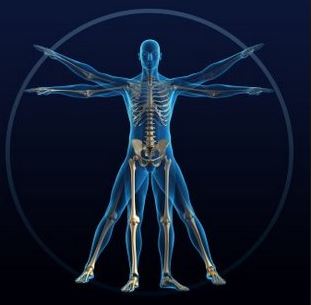Carbon Monoxide Poisoning
Carbon monoxide is a very poisonous gas that is formed when gas applications are not functioning properly. This can happen when gas applications have been poorly fitted or badly upheld. You can’t see it, smell it, or taste it, but carbon monoxide can kill rapidly without notice.
It can similarly cause lasting health problems, including brain damage. Last year more than 4,000 in the UK were affected by carbon monoxide poisoning.
 Your home may display signs of carbon monoxide poisoning. Some of the following might be a signal that there is carbon monoxide present in your home:
Your home may display signs of carbon monoxide poisoning. Some of the following might be a signal that there is carbon monoxide present in your home:
- The flame on your hob should be crisp and blue. Sluggish yellow or red flames mean you need to get your cooker checked
- Dim staining around or on applications
- Pilot lights that often blow out
- Enlarged condensation inside windows
Symptoms
Once people suffer from low-level carbon monoxide poisoning they might experience symptoms comparable to influenza, viral infections or food poisoning. It is common to mistake the indications of carbon monoxide with these infections.
Other signs that might indicate you are suffering from CO poisoning include:
- Your symptoms first occur while you remain at home
- Your symptoms fade or become better after you leave home and come back once you return
- Others in your home are suffering similar symptoms (including your animals)
The six symptoms to look out for are:
- Pains
- Nausea
- Panting
- Dizziness
- Collapse
- Unconscious
What to do
If you think you are suffering from carbon monoxide poisoning or suspect your gas applications aren’t functioning properly, you ought to do the following:
- Get fresh air straightaway. Open doors and windows, turn off gas applications and leave the house
- See your GP immediately or go to hospital – let them know that you suspect carbon monoxide poisoning. They can do a blood or breath examination to check.
- Call the Gas Emergency Helpline on 0800 111 999 if you think there is immediate danger
- Get a Gas Safe registered engineer to examine your gas applications and vents to see if there is a hazardous problem
- Inform your gas supplier of the problem



